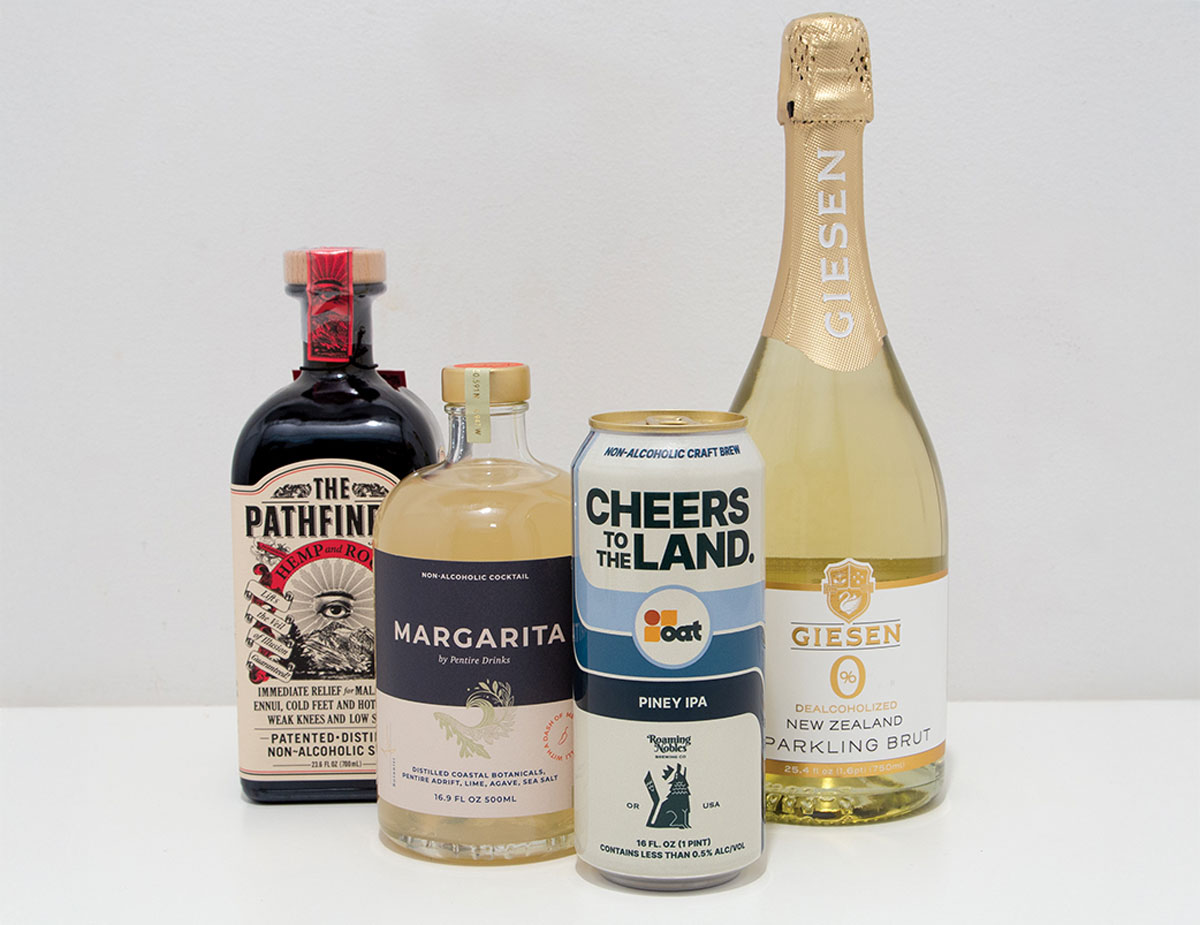
Eating gluten-free doesn’t mean giving up on all grains. In fact, there are only a few grains you need to avoid. Wheat, barley, rye, triticale (a cross between rye and wheat) and, in some cases, oats (unless processed in a facility that does not also process wheat, barley or rye) all contain gluten. When shopping, look for certified gluten-free products to ensure that you’re avoiding any possibility of gluten cross contamination.
As for grains you can enjoy and still eat gluten-free, the “yes list” is plentiful and varied, with more than a dozen choices and many tasty ways to incorporate them into your daily diet.
Quick Answers:
- Is quinoa gluten-free? Yes!
- Is barley gluten-free? No! Barley contains a protein called hordein, which is unsuitable for people with celiac disease or gluten sensitivity.
Do All Grains Have Gluten?
Nope. Commonly used gluten-free grains, or “pseudo grains,” include buckwheat, corn, flax, millet, rice, quinoa and sorghum. These grains have many dietary benefits. They also offer flexibility, in terms of how to cook and serve them. Start with these seven.

Buckwheat
A member of the rhubarb family, buckwheat is high in B vitamins, fiber, iron, magnesium, phosphorous and zinc. Hulled “groats” when cooked have an earthy, nutty flavor. Use buckwheat much like you would rice, mixing it with cooked vegetables, or incorporating it into a salad. Ground into a flour, buckwheat makes tasty pancakes or crepes. Roasted buckwheat is called kasha and is often eaten as a porridge.

Corn
Corn is a rich source of B vitamins and complex carbohydrates. Ground into cornmeal, yellow corn is called polenta and white corn is called grits. Cooked polenta makes a creamy and delicious side dish. Or, let it set before slicing and roasting or pan-frying. Polenta also makes a good substitution for lasagna noodles. Grits serve as an excellent breakfast cereal but also work well in savory dishes, such as shrimp and grits. Lastly, hominy is dried corn kernels that have been treated with alkali so that they are puffier or meatier. Hominy is tasty in casseroles, soups, chilis, or just served plain with a bit of butter, salt and pepper.

Flax
Loaded with B vitamins, magnesium and omega-3 fatty acids, ground flaxseed can be added to smoothies and granola. It also makes a delicious coating for chicken tenders or zucchini fries.

Millet
Technically a seed, millet is a great substitute for couscous and pasta. It is high in protein and fiber. It is also rich in antioxidants and is a good source of vitamins and minerals, such as magnesium, phosphorus, folate and iron. Cooked millet mixed with herbs and butter or oil makes a tasty side dish. Or bake with roasted broccoli and cheddar cheese.

Rice
With so many varieties – short grain, long grain, jasmine, basmati, to name a few – rice is truly versatile, not to mention its many colors that add subtle differences to flavoring. A classic base to many stews, curries and meat or fish preparations, rice also serves as a great leftover, when added to salad or sauteed vegetables. Or use it to stuff baked peppers or make fried rice. Rice pudding, too, is an easy-to-make gluten-free dessert.

Quinoa
Quinoa is related to spinach and comes in several varieties and colors. It is high in protein, fiber, vitamin E and rich in magnesium, iron and phosphorus. Quinoa is often used like rice, paired with vegetables, added to soups and stews, or as a bed to any number of savory toppings. It also works well as a base for veggie burgers. Remember to rinse quinoa before cooking to remove its natural coating; otherwise, it will taste bitter.

Sorghum
Full of antioxidants, sorghum is a sensational source of B vitamins, fiber and potassium. With its nutty and chewy texture, it’s excellent in vegan Buddha bowls and in salads. It also works well as a substitute for couscous in stews and soups.
Gluten-Free List
Other options for gluten-free grains, starches or flours include:
- Amaranth
- Arrowroot
- Soy
- Tapioca (cassava root)
- Teff
Oats, too, are very nutritious. Whether classic oat flakes or steel cut, oats are high in B vitamins, fiber, the minerals manganese and phosphorus, and are rich in antioxidants. Naturally gluten-free, oats are often contaminated with wheat, so looking for oats that are labeled gluten-free is paramount. Try mixing into cookie and muffin doughs, pancake batter, or simply cook the oats, adding fresh fruit and honey.
Gluten-Free Grain Recipes to Try
Pork Birria Tacos
Spicy Prawn Salad
Miso and Umami Marinated Salmon with Shishito Peppers
Ahi Poke Bowl with Sesame Edamame and Sushi Rice
Creamy Hatch Chile Chicken Enchiladas
Chicken-Stuffed Poblano Peppers
Superfood Buddha Bowls
Sources and suggested links:
The Mayo Clinic
Gluten Intolerance Group
Healthline
Explore More Topics
Related Posts
- Little Helpers in the Kitchen: Kid-Friendly Cooking for Thanksgiving
Thanksgiving is all about family, food, and creating memories, and that includes memories made in the kitchen. Inviting kids to help with the holiday meal accomplishes at least one of two goals: one, teaching kids to cook, and two, helping kids explore new foods. Plus, with a little planning, their “help” can actually make your prep easier.
- Why Localvores Love Market of Choice
We all know food tastes best when it’s fresh. There’s nothing like the bite of an apple plucked from the tree or the crunch of a carrot shortly after it’s pulled from the loamy earth. Fruits and vegetables harvested at the peak of ripeness not only taste great, but they’re full of nutrients.
- Kickstart the Year with an Alcohol-Free January
Join the alcohol-free January movement with a wide range of zero-proof drink options at Market of Choice.



